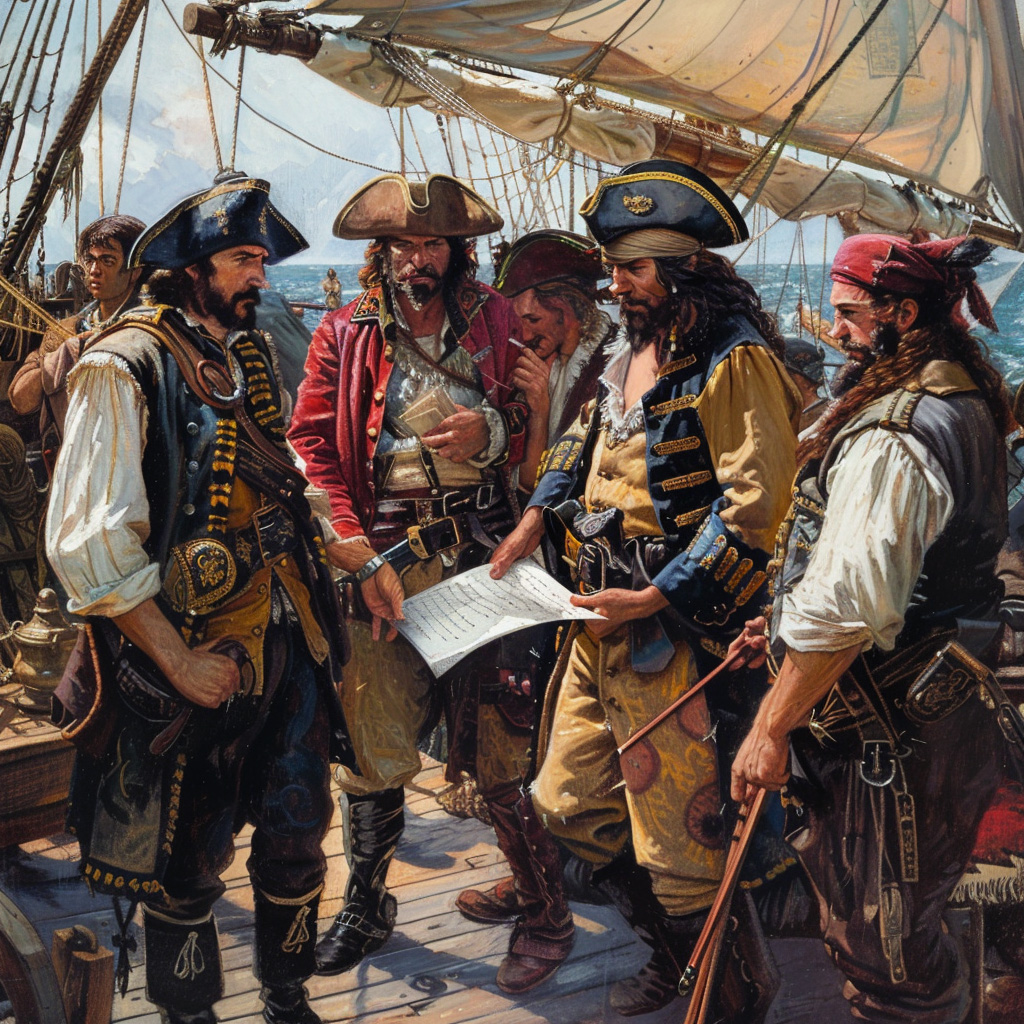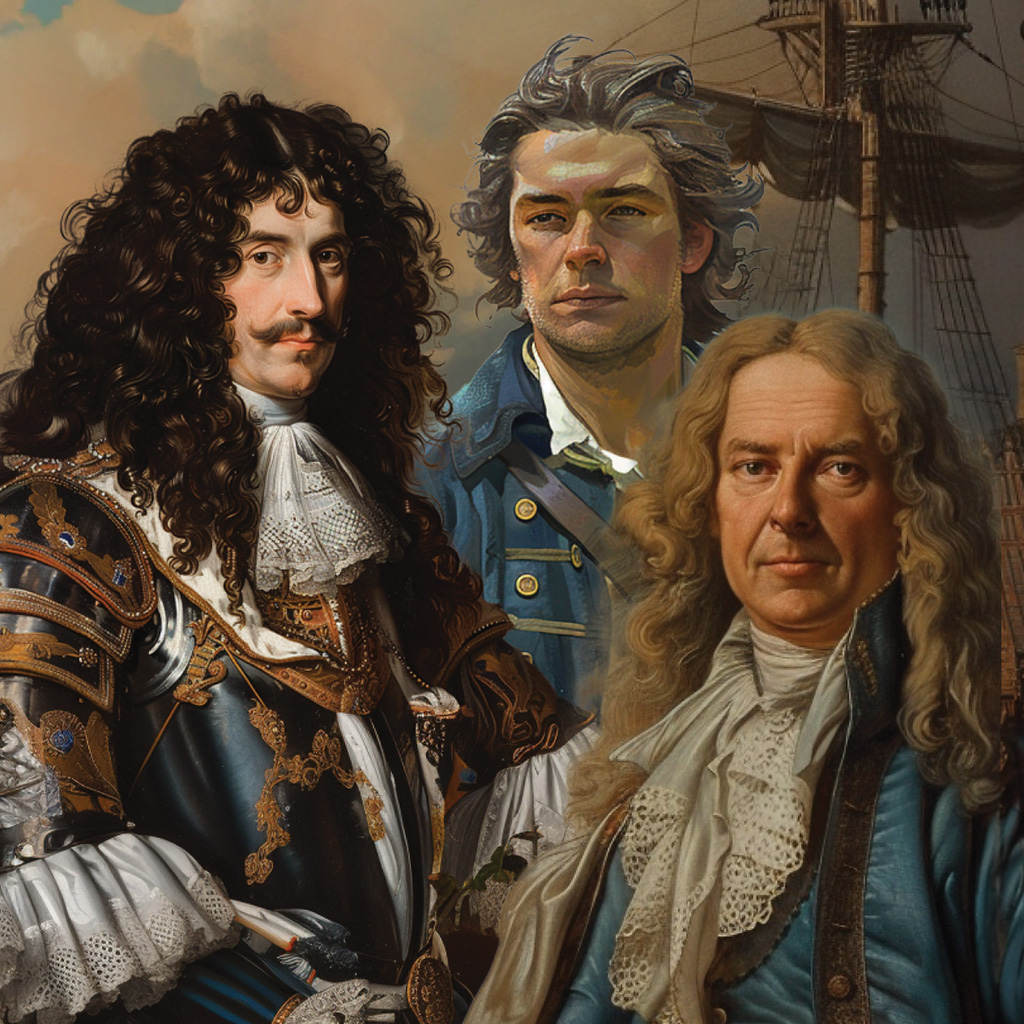
Obviously the world of medicine in the seventeenth and eighteenth centuries was much different than it is today. And aboard a pirate ship three hundred years ago you might guess it was different than it is today on a modern cruise ship. Maritime medicine has changed.
Back then there were two classes of doctors. First, a physician, treated with respect like we do today, graduated from a university, as did Hinch my surgeon in The Blade of Safavid. And as with Hinch, physicians were gentlemen concerned with knowledge, desiring to learn as much as they could about the human body. When a patient fell ill or was injured, the physician prescribed medicines to assist in the patient’s recovery.
Unique to that time, however, a physician seldom if ever examined or even saw any patients. That was the job of the barber-surgeons, the second class of doctors. Barber-surgeons treated and operated on their patients, but the law restricted them from writing prescriptions. Rather than university training, they acquired their skills through an apprenticeship. Unfortunately for their patients, they performed amputations more than any other surgery. They made much of their money however from bloodletting, lancing boils, and pulling teeth. In The Blade of Safavid, there is a scene where native shamans have a woman sitting in a river and they are shooting darts at her in a unique method of bloodletting. I read about that experience in a journal of a pirate surgeon from the late 1600s. I couldn’t resist including that scene in my story.
A third vocation in the medical field was the apothecaries. (Pharmacists). They mixed medications. These apothecaries would certainly dispense free medical advice to accompany the many pills and purges they would concoct from the many ingredients they kept in the plethora of bottles on their shelves.
It was the Royal College of Surgeons in Scotland that certified upwards of eighty percent of all the doctors. With so few jobs in and around that college, most of these graduates set sail for distant lands. In many cases, pirates attacked their ships and the doctors became pirate surgeons whether they liked it or not – just like with Hinch.
Like with Hinch, a pirate surgeon was not obligated to sign the Articles of Agreement aboard the pirate ship as was required with the rest of the crew. This in many cases saved the surgeon when a pirate ship was captured, and his name was not found on the articles. Even though the doctor did not sign the articles they usually received 1 1/4 share of the plundered booty. Compared to a legitimate ship surgeon (a surgeon on a non-pirate ship) a pirate surgeon could earn more. According to one of the more famous early pirate surgeons Alexandre Exquemelin, “a competent salary for the surgeon and his chest of medicaments…usually is rated at 200 or 250 pieces-of-eight.” In today’s money that might be approximately $6,000 to $7,500 per month. (Esquemeling, 60-)
But with today’s inflation, that number could be anything.
I thank Cindy Vallar for her History of Maritime Piracy, here is an additional section of her excellent article about Pyrate Surgeons.

